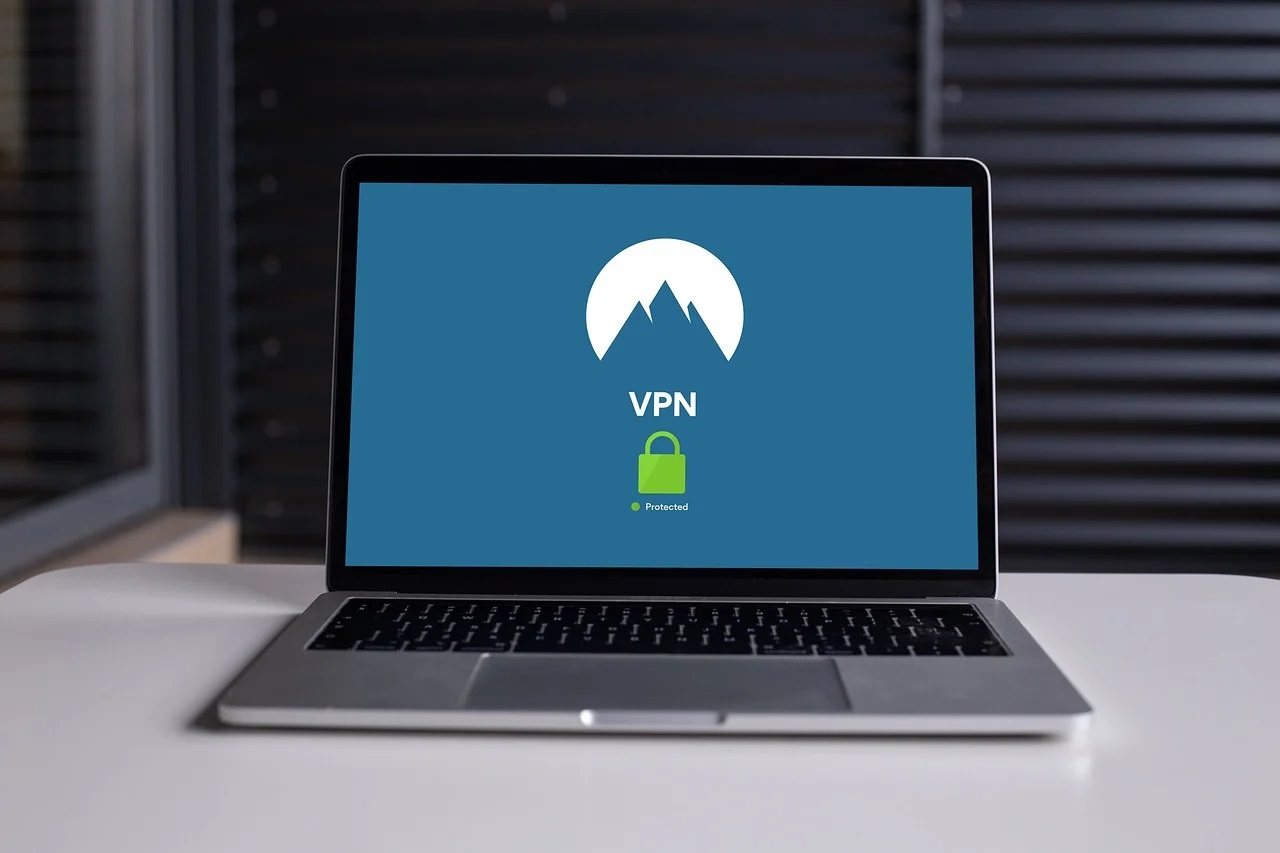Home>Software and Apps>Which VPN Protocol Encapsulates PPP Traffic Using The Secure Sockets Layer (SSL) Protocol?


Software and Apps
Which VPN Protocol Encapsulates PPP Traffic Using The Secure Sockets Layer (SSL) Protocol?
Modified: September 5, 2024
Looking for the best VPN protocol for secure data transmission? Discover how SSL protocol encapsulates PPP traffic for enhanced security. Find out more about software and apps.
(Many of the links in this article redirect to a specific reviewed product. Your purchase of these products through affiliate links helps to generate commission for Techsplurge.com, at no extra cost. Learn more)
Introduction to VPN Protocols
Understanding VPN protocols and their functionalities helps in making informed decisions about security and performance. Each protocol has unique traits, making it more robust in certain aspects compared to others. For instance, one protocol may prioritize high-speed performance, while another may emphasize dependable encryption.
Authentication and Encryption
The primary stages in a VPN protocol are authentication and encryption. Initially, the protocol verifies that your device has securely connected to the VPN server. Subsequently, it encrypts your connection by routing it through a secure tunnel, ensuring your anonymity and safety while online.
Common VPN Protocols
Several VPN protocols are widely used, each with its own strengths and weaknesses. Here are some of the most common ones:
-
OpenVPN: This is one of the most secure VPN protocols, utilizing AES 256-bit encryption, which is the standard adopted by major cybersecurity firms, governments, and corporations. It is the default for most VPN clients and is highly regarded for its security features.
-
WireGuard: Recognized as the fastest general VPN protocol, WireGuard offers superior connectivity speeds with minimal lag. It employs ChaCha20, an encryption authentication algorithm, making it a popular choice for users who prioritize speed and security.
-
L2TP/IPsec: This protocol operates at the data link layer and network layer of the OSI model, respectively. It provides strong encryption and is often used for streaming due to its balance between speed and security.
-
IKEv2/IPsec: This protocol is known for its high-speed performance and robust security features. It is often used in conjunction with L2TP/IPsec to provide an additional layer of security.
SSL/TLS and VPNs
SSL/TLS (Secure Sockets Layer/Transport Layer Security) is a cryptographic protocol used to provide secure communication over the internet. Originally developed by Netscape in 1995, it ensures privacy, authentication, and data integrity in online communications. Although SSL has been largely replaced by TLS, many people still use the term "SSL" to refer to both protocols due to SSL’s name recognition.
SSL/TLS in VPNs
In the context of VPNs, SSL/TLS is often used to provide a secure connection between the client and the server. This is particularly useful because it allows for the encryption of data without requiring specialized client software other than a modern web browser. SSL/TLS-based VPNs, commonly referred to as SSL VPNs, use the TLS protocol to secure remote access connections.
How SSL/TLS Works in VPNs
-
Encryption: SSL/TLS encrypts data transmitted over the web, ensuring privacy. If someone intercepts the data, they will see only a jumble of characters that is nearly impossible to decode.
-
Authentication: SSL/TLS starts an authentication process called a handshake between two devices to confirm their identities, making sure both parties are who they claim to be.
-
Data Integrity: SSL/TLS digitally signs data to ensure it hasn’t been tampered with, verifying that the data received is exactly what was sent by the sender.
PPP and VPNs
Point-to-Point Protocol (PPP) is a method for establishing a connection between two devices over a serial link. In the context of VPNs, PPP is often used to encapsulate data that needs to be transmitted securely over the internet. PPP can be used in conjunction with various protocols to provide a secure and reliable connection.
PPP Encapsulation
PPP encapsulates data by adding headers and trailers to the original data packet. This process ensures that the data is properly formatted for transmission over the internet. When used in a VPN context, PPP can be encapsulated using various protocols such as L2TP/IPsec or OpenVPN.
SSL/TLS and PPP Encapsulation
While SSL/TLS is primarily used for encrypting data in transit, it is not typically used for encapsulating PPP traffic directly. Instead, other protocols like L2TP/IPsec or OpenVPN are used to encapsulate PPP traffic. However, some proprietary VPN solutions might use SSL/TLS for initial authentication and then switch to another protocol for data encapsulation.
Read more: What Are VPN Protocols
Making the Right Choice
Understanding the intricacies of VPN protocols and their functionalities is essential for selecting the right VPN solution based on specific requirements. Whether you prioritize speed, security, or ease of use, knowing which protocol to choose can significantly influence the effectiveness of your VPN connection.














